Here at Pedestrian Space we love to do Friday Art Features, typically featuring artists from around the world whose work includes themes of urbanism and mobility.
This Friday, we are excited to feature Tom Meiser, a Berlin-based Architect and Urban Planner.
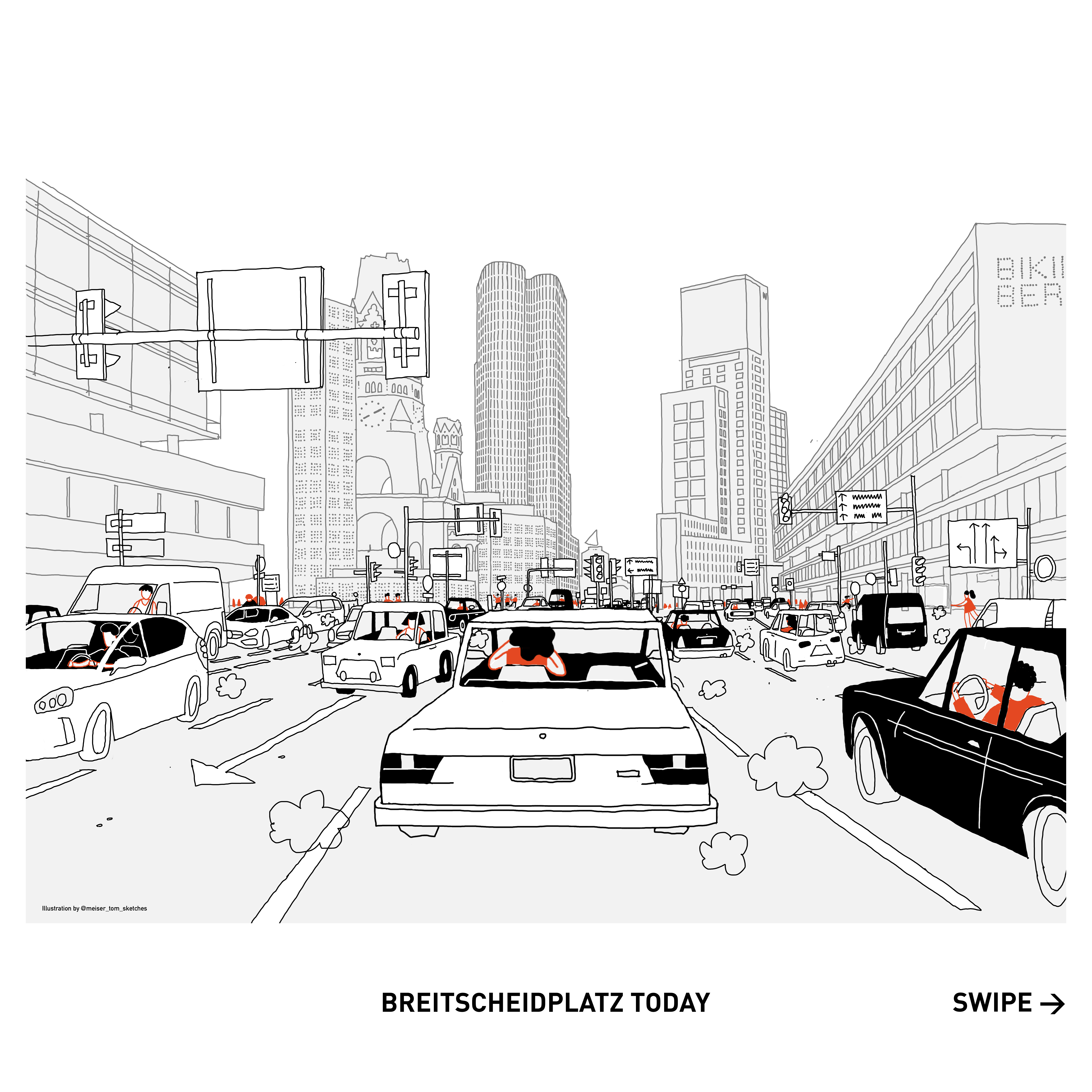
“This is the reason why illustrations like these are needed, so that people can become enthusiastic about the idea of car-free spaces and see what a climate-friendly future can look like.”
-Tom Meiser
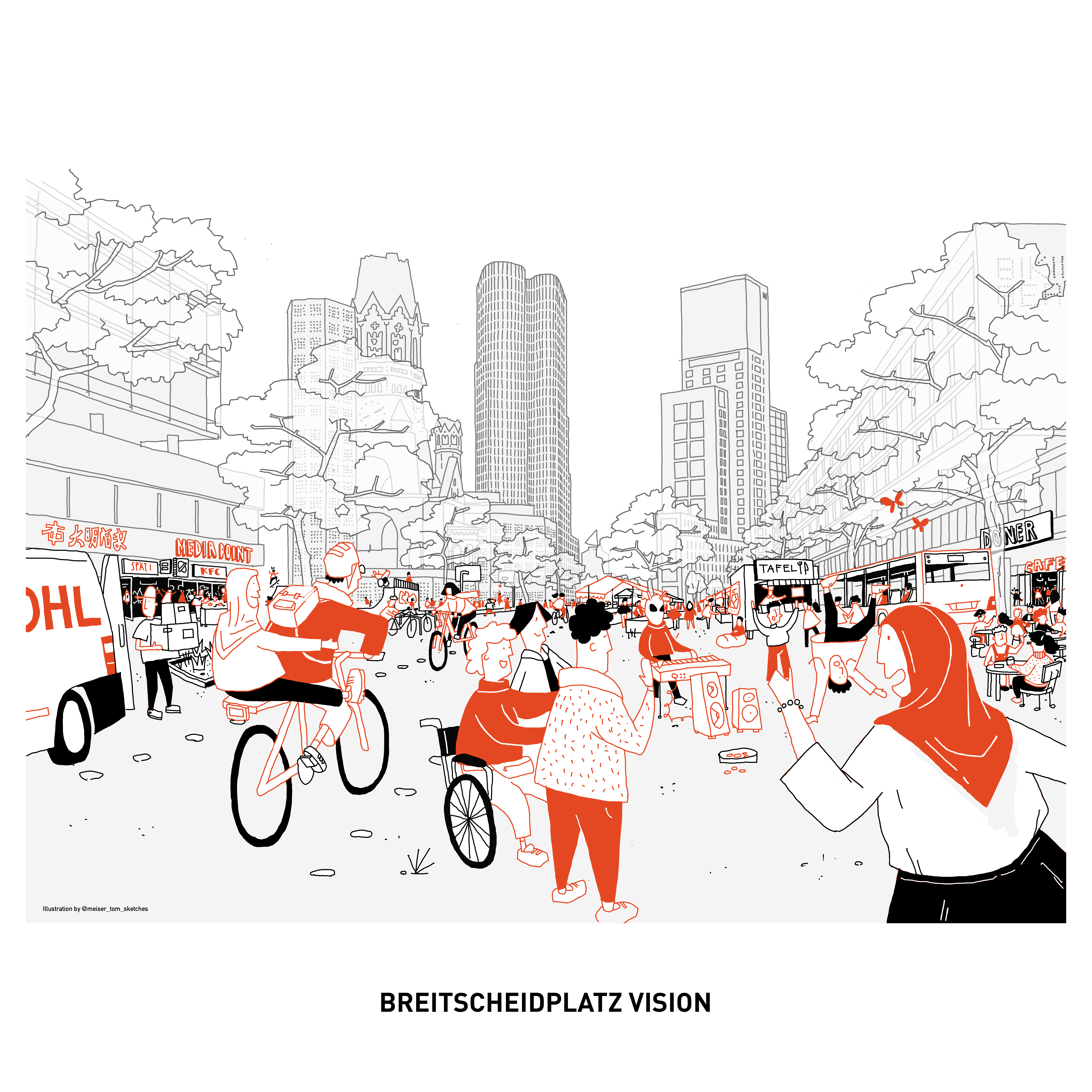
We first learned about your work via your Instagram account @meiser_tom_sketches and the illustration of the ‘alternative carfree future of the Breitscheidplatz’. Can you tell us more about these illustrations?
Making the „Berliner Ring“ car-free is a major and far-reaching measure that affects many areas of life. This vision of Berlin differs so much from the Berlin we currently live in: car noise, highways, parking on residential streets. All of this has been the standard in a large city for over fifty years. It became so normal, that it is extremely difficult to imagine the city without the constant presence of car traffic. This is the reason why illustrations like these are needed, so that people can become enthusiastic about the idea of car-free spaces and see what a climate-friendly future can look like.
So for me the idea came up to actually draw visions of famous places in Berlin. Locations that are central and frequented by pedestrians, but are disrupted by highways. These places can only unfold their full potential when these barriers fall and the space becomes available for everyone.
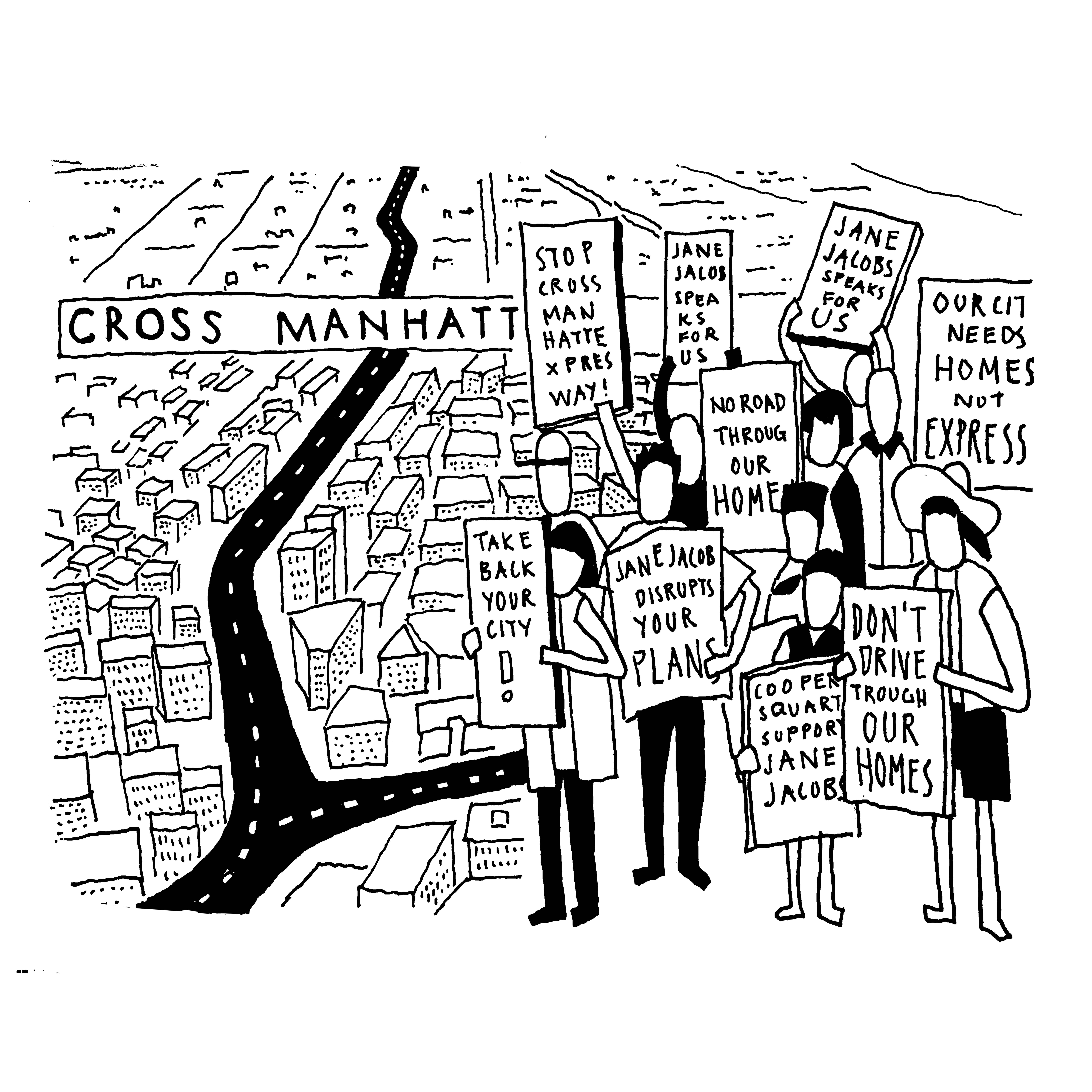
Can you share more about the central role of urbanism in your work as well as how your city (or others) also inspire your work?
The visits to Copenhagen have always been very inspiring for me. Since the 80s the city has developed to become the most bike-friendly city in the world. Back then everything began with a change in attitudes. That meant asking: How much space does the city offer? And how can it be used better?
The much more space-saving and environmentally friendly alternative to the automobile, the bicycle, was therefore prioritized in urban development. Multi-lane streets and parking lots became pedestrian zones, parks and cycle paths. Due to the great bicycle infrastructure, every second person uses the bike and the city is now greener, has better quality of life and is livelier than ever. I think this success story should be taken as a model for major European cities.
“As there are only short stretches, the “Kieze” should be redesigned for cyclists and pedestrians and without cars. That would very quickly increase the quality of life in Berlin and create much more walkability within the model of the 15-minute city.”
-Tom Meiser
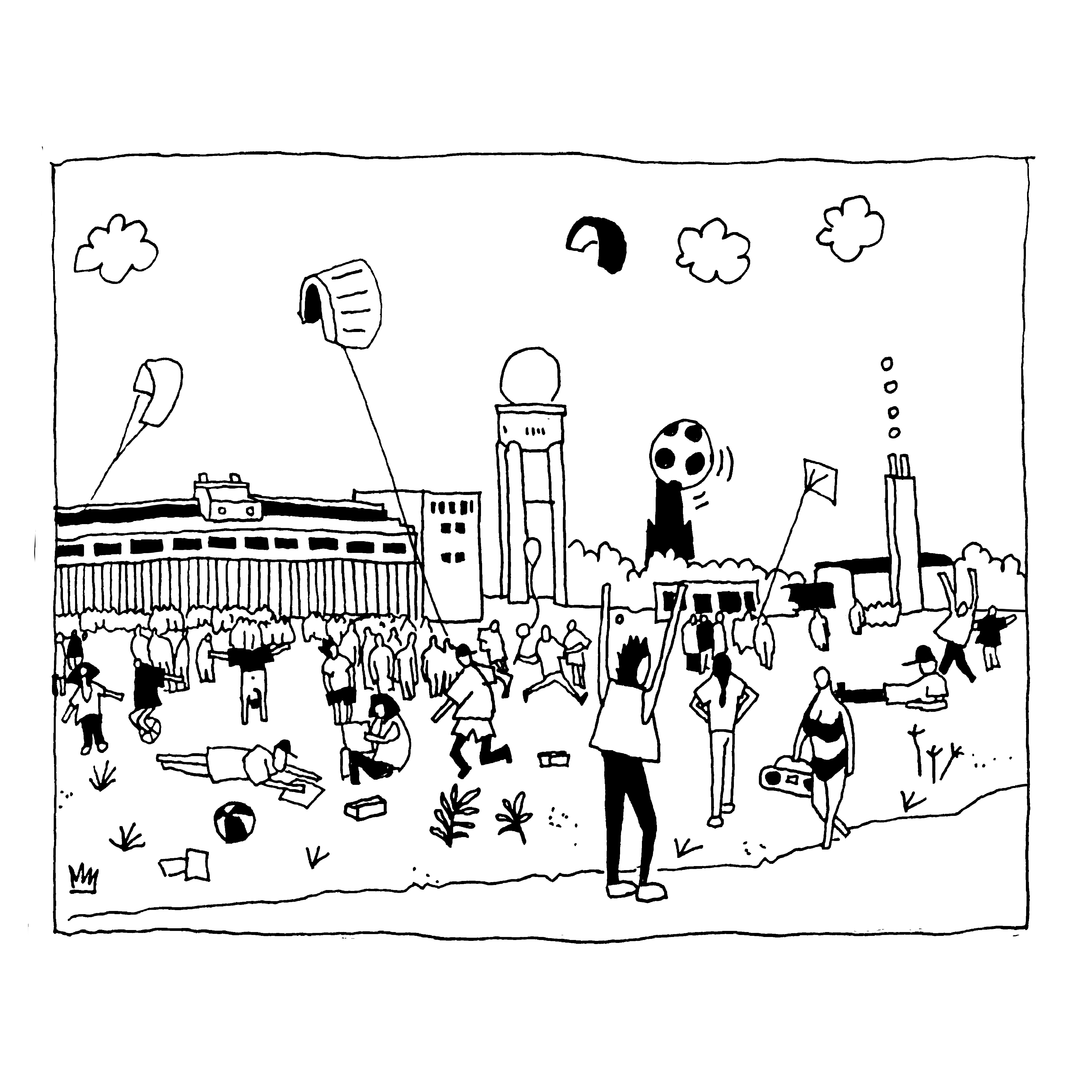
I started illustrating with an ink pen and tracing paper, but switched to the iPad and Procreate a year ago. In the meantime, with the Adobe programs, my entire workflow is almost digital.
-Tom Meiser on mediums he works with
How do you move around the city and what is your favorite mode?
I usually ride my racing bike. On rainy days and in the winter months I prefer the subway. If I have to go anywhere in my neighborhood, I just walk the short distance.
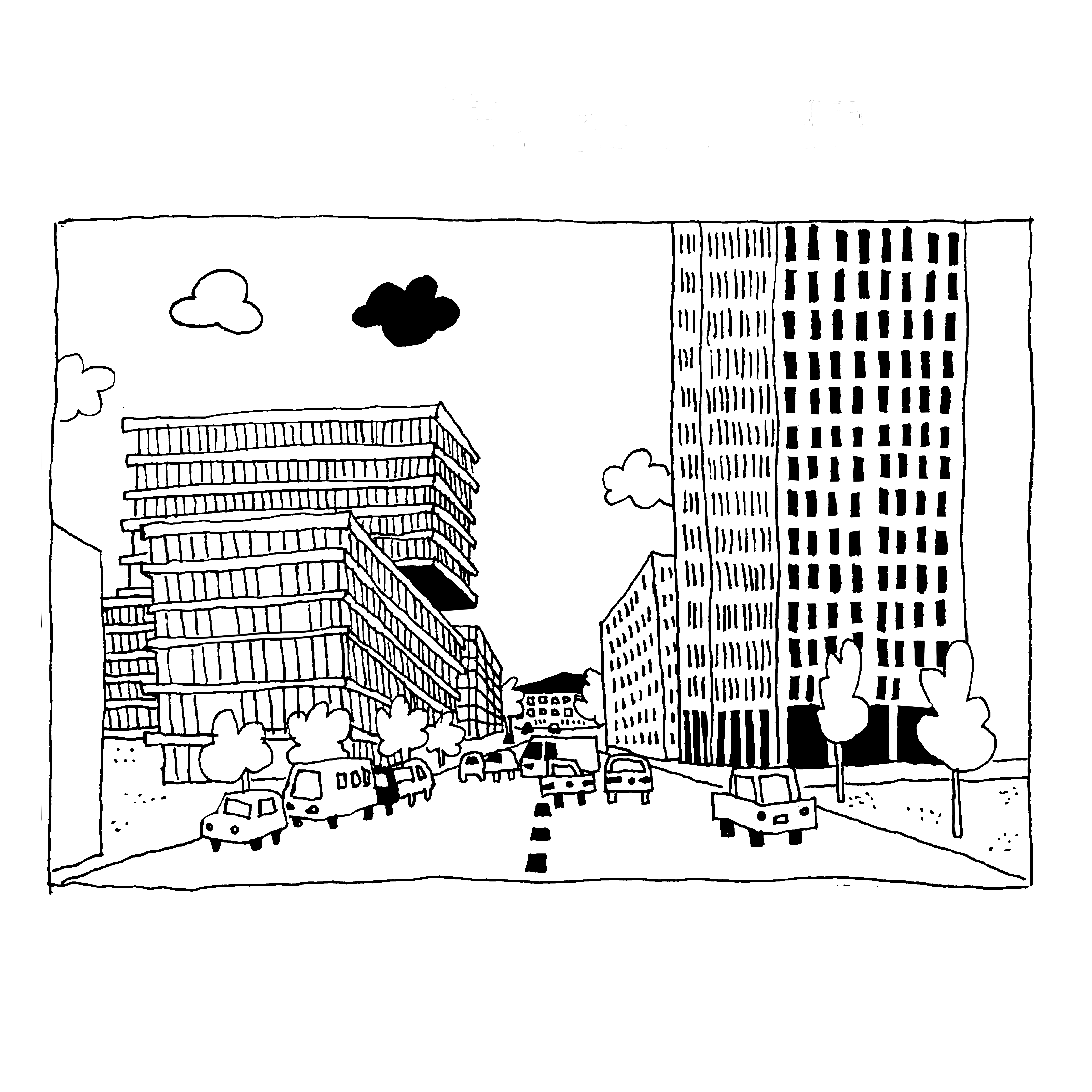
What is your favorite street or sidewalk space in Berlin?
Bergmannstrasse is a really interesting place for me. It’s a very busy street in the middle of Kreuzberg. It is characterized by many nice small shops and cafes and the hustle and bustle of pedestrians. The well-organized neighborhood has worked for many years to ensure that this quality is no longer disturbed by traffic. In a model workshop process, the entire neighborhood was rethought as a car-reduced and future-proof „Modellkiez“ and has now finally been implemented in an initial test phase. Bergmannstrasse is now car-free. There is more space for raised garden beds, outdoor shop space, benches and another advantage is that the bike paths are much safer too. Due to all these changes, I like to take walks there even more now.
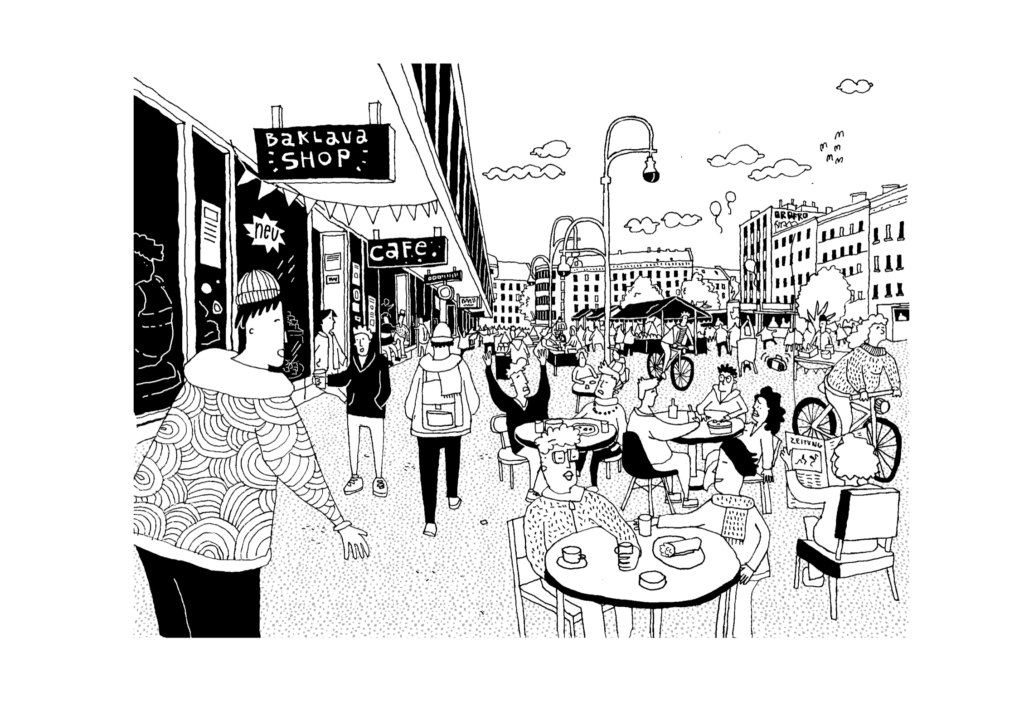
Are there other pedestrian areas in your city you like to spend time in or appreciate?
There are many places in Berlin that offer very high quality for pedestrians in different ways. One of them is Simon-Dach-Strasse: the lively street in Friedrichshain famous for its numerous restaurants and bars. The whole street is lined with the outside seating of the restaurants. It’s an incredibly lively and vibrant place.
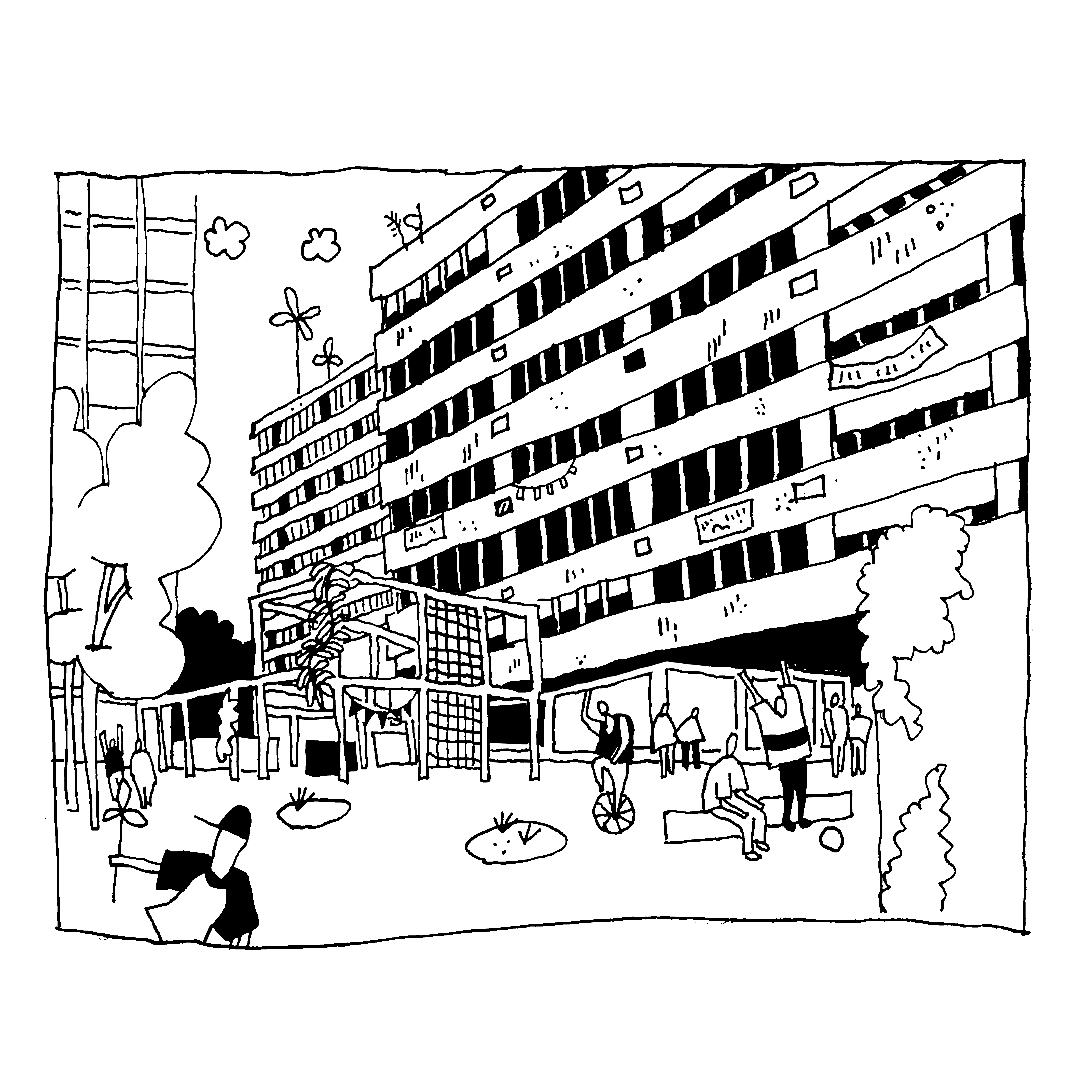
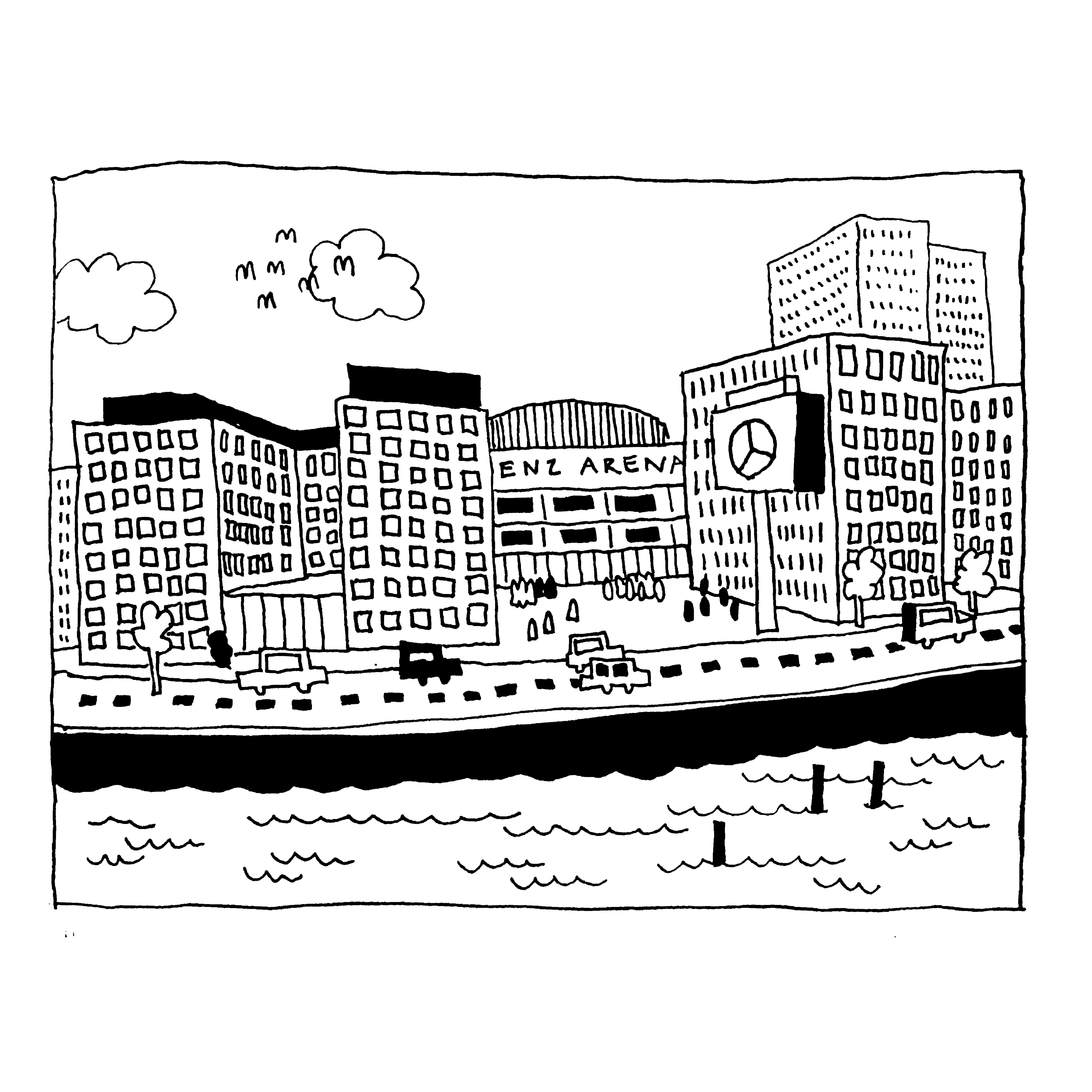
What challenges, as well as opportunities, do you see with issues of walkability in Berlin?
Berlin is fortunate to be well structured with many small neighborhoods with their own centers, so-called “Kieze”. There are often good social networks and most of the time you can get almost everything you need in your own area. There is great potential in it, concentrating on the inner development of the neighborhood. As there are only short stretches, the “Kieze” should be redesigned for cyclists and pedestrians and without cars. That would very quickly increase the quality of life in Berlin and create much more walkability within the model of the 15-minute city.
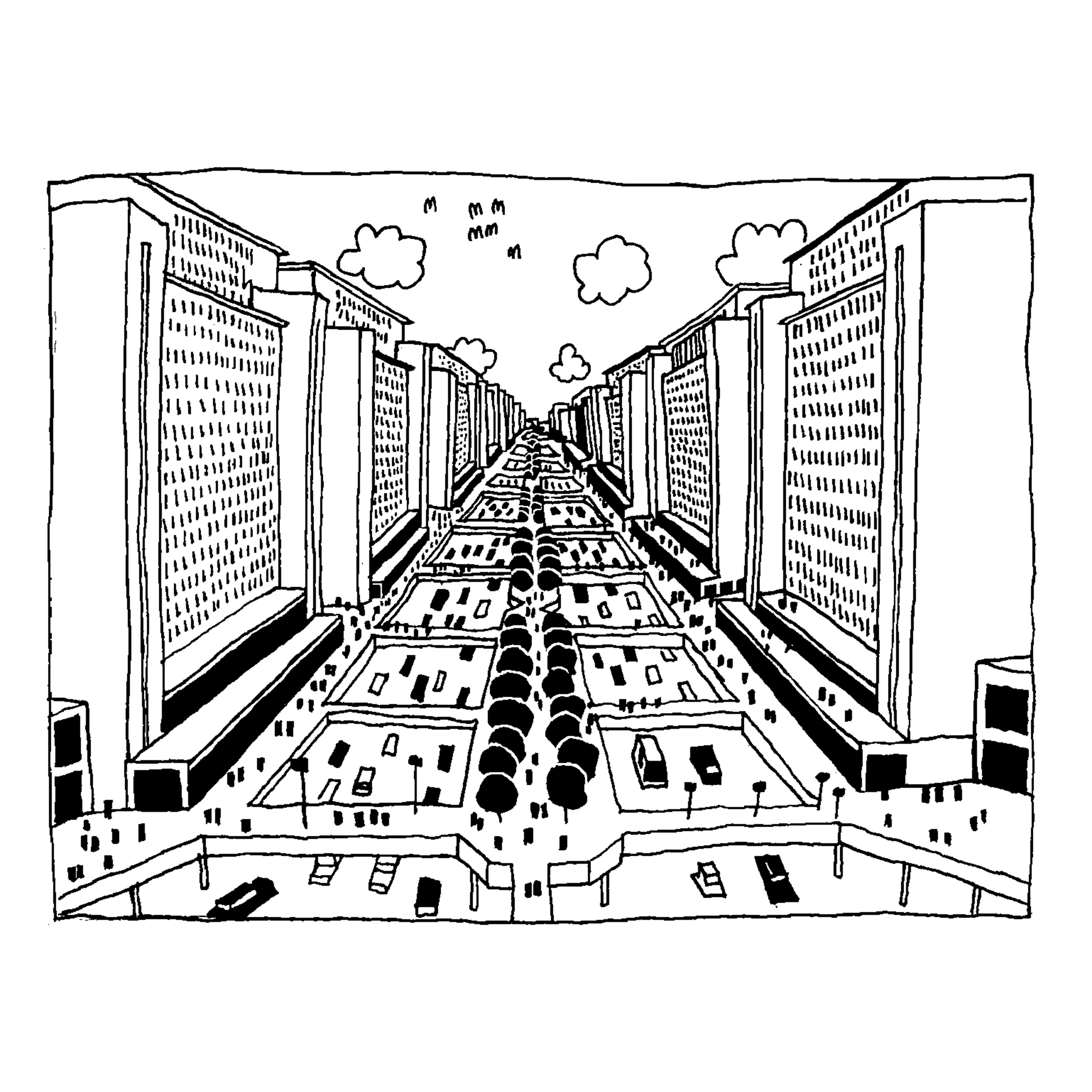
What are your overall perceptions about sustainable urbanism in Berlin?
In Berlin, the city administration understands that for sustainable urbanism things have to change. Nevertheless, there is no vision of what future mobility in the city should look like. Instead, the car continues to be accepted as the number one means of transport and cycle paths are built here and there. Without having a clear goal, it is of course difficult to master the path. Our Initiative „Volksentscheid Berlin Autofrei“ has now presented this goal and shows what the city could look like. Because once you make it clear how great a future can be without streets full of parking, the way there is of course much easier.
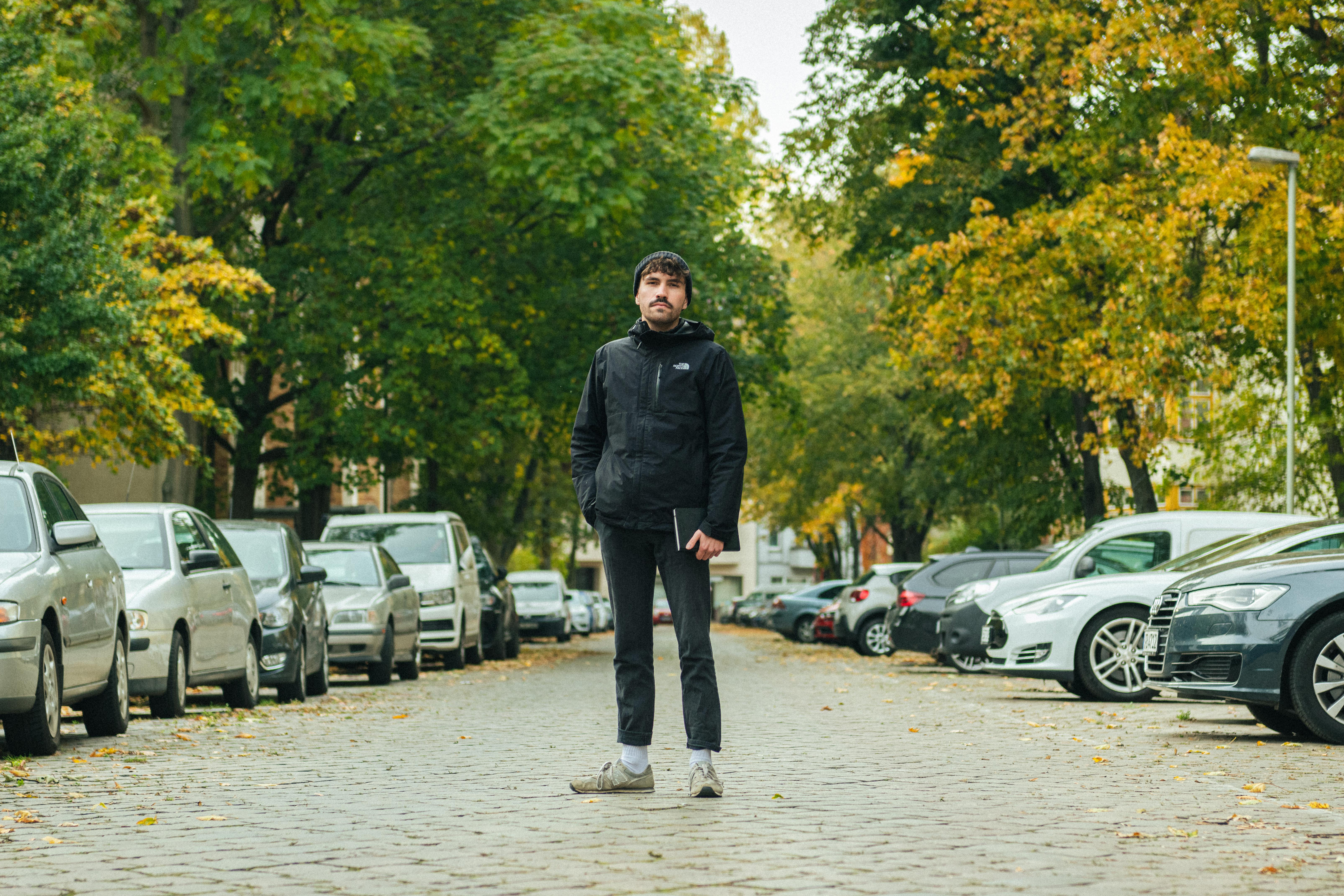
Visit Volksentscheid Berlin Autofrei online at:
https://volksentscheid-berlin-autofrei.de
Visit Tom online at: https://instagram.com/meiser_tom_sketches
Photo by Stefan Linhart
